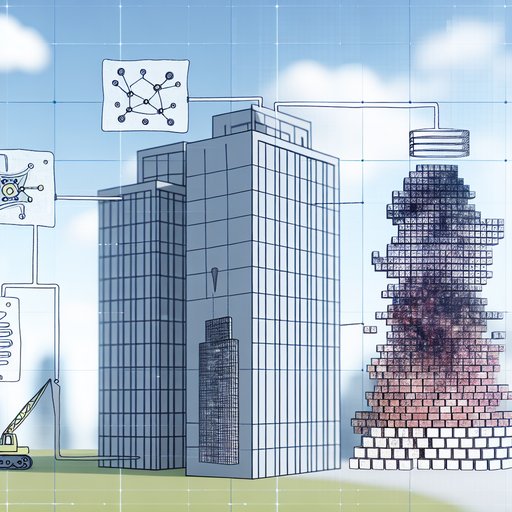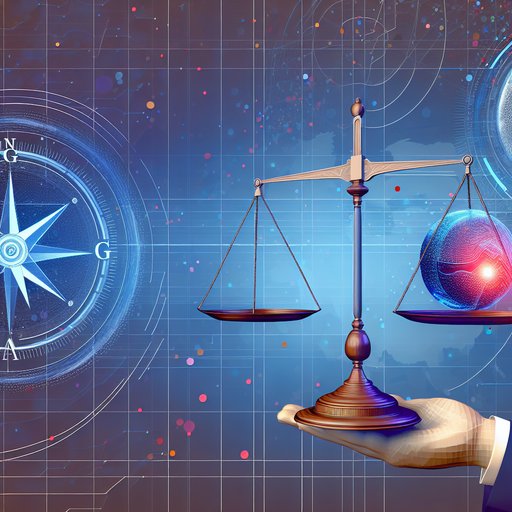Grok’s Current State
Grok 3, released on February 17, 2025, by xAI, represents a significant leap in AI reasoning, trained on the Colossus supercluster with 200,000 Nvidia H100 GPUs. It outperforms competitors like OpenAI’s GPT-4o and DeepSeek’s R1 on benchmarks such as AIME (math) and GPQA (PhD-level science), achieving a Chatbot Arena Elo score of 1402. Its DeepSearch mode, a next-generation search engine, synthesizes real-time data from X and the web, offering transparent reasoning traces. Grok 3 Mini, a faster but less intensive variant, caters to users needing quick responses. Available on X, grok.com, and mobile apps, Grok 3 supports free access with usage limits, while SuperGrok and X Premium+ subscribers enjoy higher quotas and advanced features like Think mode.
Microsoft Partnership Highlights Grok’s Reach
On May 19, 2025, Microsoft announced hosting Grok 3 and Grok 3 Mini on its Azure AI Foundry platform, unveiled at Build 2025. Elon Musk, in a pre-recorded session with CEO Satya Nadella, emphasized Grok’s pursuit of “truth with minimal error.” Free until early June 2025, the models will then require a subscription. This partnership, despite Musk’s lawsuit against Microsoft and OpenAI, underscores Grok’s growing enterprise appeal, though recent controversies over inaccurate outputs have raised concerns about its reliability for sensitive applications.
Next Version: Grok 3.5 Release Timeline
Elon Musk announced on April 10, 2025, via a livestream that Grok 3.5, an early beta, would release “soonish,” interpreted as May 2025, with an early beta for SuperGrok subscribers starting the week of May 5, 2025. Trained with 2.5–4 times the compute of Grok 3 (approximately 250,000 GPUs, including Nvidia B200 chips), Grok 3.5 aims to excel in technical domains like rocket engineering and electrochemistry, leveraging first-principles reasoning. No exact public release date is confirmed, as xAI is refining features like vision in voice mode, which allows camera-based queries. Posts on X suggest Grok 4 may follow by year-end, indicating a rapid development cycle.
xAI’s Vision for Grok
xAI, founded by Musk in 2023, aims to “advance our collective understanding of the universe” through Grok, inspired by the term from Robert A. Heinlein’s Stranger in a Strange Land, meaning profound understanding. The company envisions Grok as a truth-seeking AI, minimizing bias and “woke” responses, with real-time X integration for dynamic insights. Grok 3.5 will enhance multimodal capabilities (text, vision, and potentially audio), improve memory for contextual conversations, and integrate tools like Google Drive and image editing. xAI’s long-term goal is to build AI that accelerates scientific discovery, with plans to open-source Grok 2 and expand enterprise APIs for developers. Despite challenges, such as past inaccuracies, xAI prioritizes transparency, rapid error correction, and scalable infrastructure to lead the AI race.
Challenges and Outlook
Grok’s ambition faces hurdles, including past controversies over misinformation and competition from OpenAI’s upcoming GPT-5 and Google’s Gemini 2.0. xAI’s smaller team and reliance on external compute (e.g., Oracle, Nvidia) could strain resources, but its Colossus supercomputer and innovative networking (microsecond communication) provide a scaling edge. As Grok 3.5 rolls out, xAI’s focus on reasoning, real-time data, and developer tools positions it to challenge industry giants, with Musk’s vision driving relentless innovation.
For subscription details, visit x.ai/grok or help.x.com/en/using-x/x-premium.
This text was generated with the help of LLM technology.










